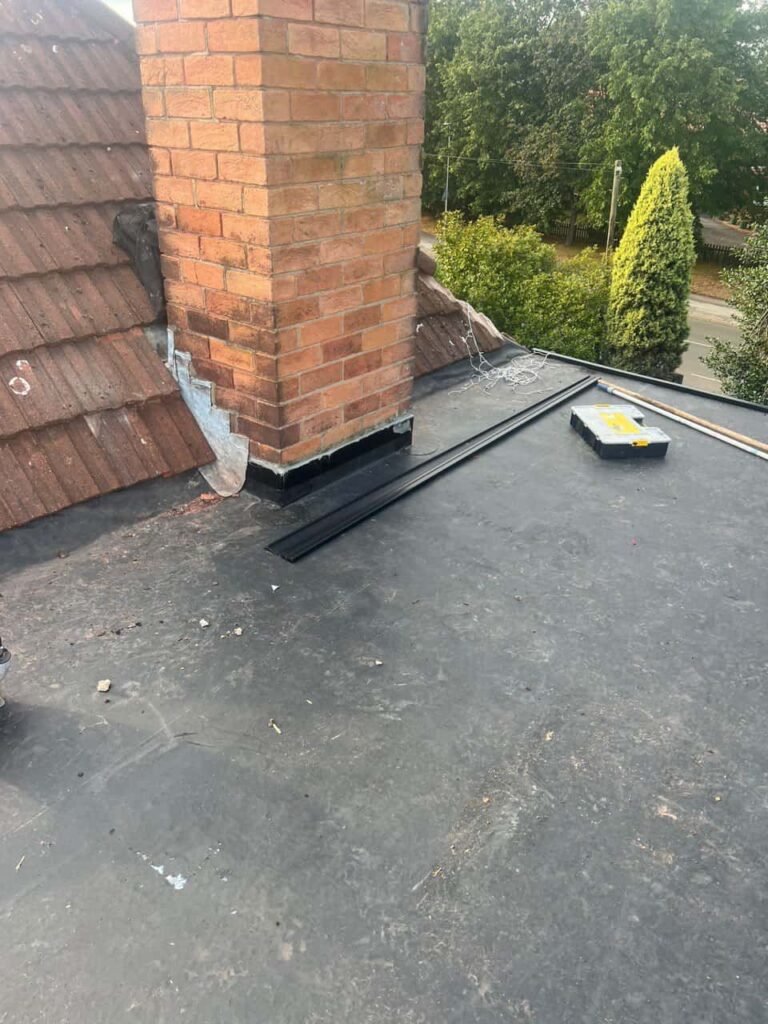Hip roofs are a popular and practical choice for homeowners across the UK, known for their symmetrical design and excellent wind resistance. With four sloping sides meeting at a ridge or peak, they offer both aesthetic appeal and structural strength. However, like any roofing system, they can experience wear and damage over time due to weather exposure and general ageing. At Mildenhall Roofing Repairs, we’ve worked on countless hip roofs in Mildenhall and across Suffolk, helping property owners maintain their roofs to the highest standard.
Understanding the Structure of a Hip Roof
A hip roof features slopes on all four sides, which meet at the top to form a ridge. This design eliminates vertical gable ends, providing superior stability and better performance in high winds. The structure, while durable, has more complex junctions and valleys than a standard roof — which means that proper maintenance and timely repairs are essential to prevent water ingress or structural deterioration.
Common Hip Roof Repairs Homeowners Should Know
1. Ridge and Hip Tile Damage
The ridge and hip lines are the most exposed areas of a hip roof. Over time, ridge and hip tiles can become loose, cracked, or dislodged due to strong winds or temperature changes. Damaged tiles can allow water to penetrate the underlay, leading to leaks or damp patches. Repairing or replacing ridge tiles promptly ensures that the roof remains watertight and secure.
2. Leaks at Roof Junctions and Valleys
Because hip roofs have multiple slopes meeting at intersections, valleys are naturally prone to water collection. If valley flashing becomes worn, corroded, or blocked by debris, water can seep beneath the tiles. This can cause staining on ceilings, damp insulation, or even timber decay if left unaddressed. Regular inspection and cleaning of roof valleys are key to preventing these issues.
3. Broken or Slipped Roof Tiles
Individual roof tiles may crack or slip due to frost damage, impact, or natural ageing. A few missing or broken tiles can quickly lead to water penetration and further structural damage. At Mildenhall Roofing Repairs, we recommend checking the roof surface after severe weather and arranging for professional replacement if any tiles are found to be damaged.
4. Flashing Failures Around Chimneys and Dormers
Flashing is used to seal the joints where the roof meets walls, chimneys, or dormer windows. On a hip roof, there are often multiple flashing points due to its shape. Over time, flashing can lift, crack, or deteriorate, allowing rainwater to enter vulnerable areas. Repairing or resealing flashing with durable materials helps maintain a long-lasting weatherproof finish.
5. Sagging Roof Structure
Although rare, older hip roofs may experience sagging if the internal rafters or supports weaken. This can result from water ingress, poor ventilation, or simply decades of natural wear. If you notice uneven ridges or dips in the roofline, it’s important to have a professional inspection to assess whether structural reinforcement or partial re-roofing is required.
6. Blocked Gutters and Poor Drainage
With multiple slopes, a hip roof channels large volumes of rainwater towards the gutters. If gutters or downpipes become blocked with leaves, moss, or debris, water can overflow and damage the fascia boards or soak into the roof edge. Routine gutter maintenance is a simple but effective way to prevent long-term water damage.
Preventing Future Problems Through Maintenance
Regular maintenance is the best way to reduce the need for costly repairs. Homeowners in Mildenhall can protect their hip roofs by:
- Scheduling annual roof inspections
- Cleaning gutters and valleys regularly
- Replacing broken or slipped tiles promptly
- Checking ridge and hip tiles after storms
- Ensuring good loft ventilation to prevent condensation buildup
Professional roofers, such as the team at Mildenhall Roofing Repairs, can identify small issues early before they turn into major problems, helping to extend the lifespan of your roof and maintain its overall appearance.
Conclusion
Hip roofs combine durability and elegance, making them an excellent choice for many UK homes. However, due to their complex design, they require attentive care and timely repairs to stay in top condition. Understanding the most common issues — from ridge tile damage to valley leaks — allows homeowners to act quickly and prevent extensive damage.
For professional inspections, maintenance, and expert hip roof repairs in Mildenhall and across Suffolk, Mildenhall Roofing Repairs provides trusted local service to keep your roof performing and looking its best year-round.
Call us on: 01638 591 491
Click here to find out more about Mildenhall Roofing Repairs
Click here to complete our contact form and see how we can help with your roofing needs.

